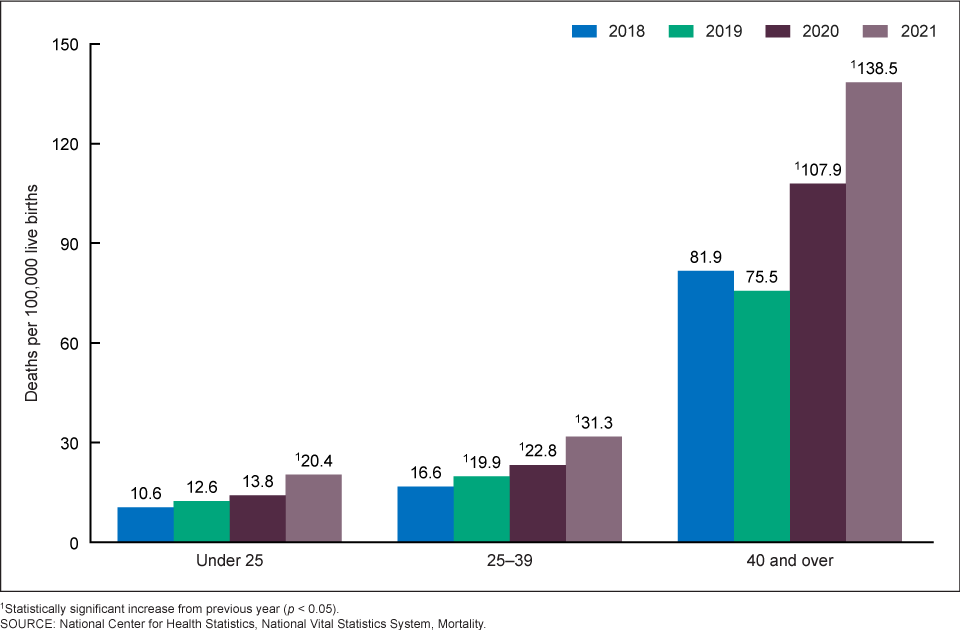Maternal Mortality in the U.S.: A Rising Concern
The United States, despite being one of the most developed nations in the world, faces a disturbing trend: maternal mortality rates are on the rise. In contrast to declining rates in many other countries, the number of women in the U.S. who die from pregnancy-related causes has been steadily increasing, raising serious questions about health equity, access to care, and systemic gaps in the American health care system.
What Is Maternal Mortality?
Maternal mortality refers to deaths caused by complications during pregnancy, childbirth, or within 42 days after delivery. These complications can include severe bleeding, high blood pressure, infections, or conditions made worse by pregnancy.
According to data from the Centers for Disease Control and Prevention (CDC), the U.S. maternal mortality rate in 2021 was 32.9 deaths per 100,000 live births—a sharp increase from previous years. This rate is significantly higher than those of other high-income countries such as Canada, the United Kingdom, and Germany.
Disparities in Outcomes
One of the most alarming aspects of maternal mortality in the U.S. is the racial disparity. Black women are nearly three times more likely to die from pregnancy-related causes than white women, even when controlling for income and education. Native American and Alaska Native women also face much higher risks.
Experts point to a combination of factors contributing to these disparities, including systemic racism in health care, unequal access to quality prenatal care, and higher rates of underlying health conditions.
Causes and Risk Factors
Several key factors contribute to maternal deaths in the U.S.:
-
Limited access to health care, especially in rural areas
-
Chronic conditions such as obesity, diabetes, and hypertension
-
Delayed diagnosis or treatment of complications
-
Postpartum care gaps, where many women lose insurance coverage shortly after giving birth
-
Mental health issues, including postpartum depression and suicide
The CDC estimates that up to 80% of pregnancy-related deaths are preventable, highlighting the urgent need for better prevention strategies.
Efforts to Address the Crisis
Federal and state governments, along with advocacy groups, have begun taking steps to combat maternal mortality. Some of the key initiatives include:
-
Extending postpartum Medicaid coverage from 60 days to 12 months
-
Improving data collection through maternal mortality review committees
-
Training health care providers on implicit bias and culturally sensitive care
-
Expanding access to doulas and midwives, who often provide more personalized support during pregnancy and childbirth
There is also growing support for legislation like the Momnibus Act, which proposes a series of bills aimed at improving maternal health outcomes, particularly for women of color.
Conclusion
Maternal mortality in the United States is a public health crisis that demands immediate attention. While some progress has been made, much more must be done to ensure that all women—regardless of race, income, or location—receive the care they need to have safe and healthy pregnancies. Reducing maternal deaths will require a comprehensive, coordinated approach that prioritizes equity, access, and accountability in maternal care.
